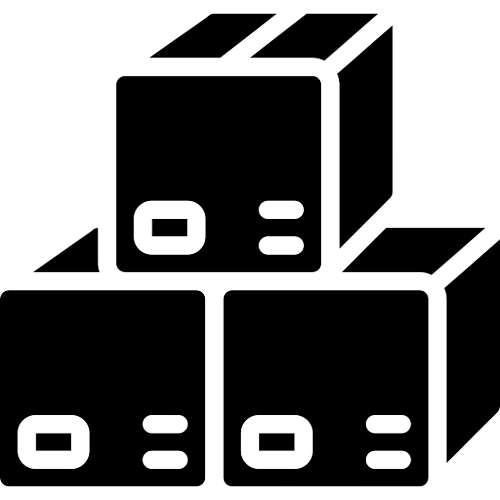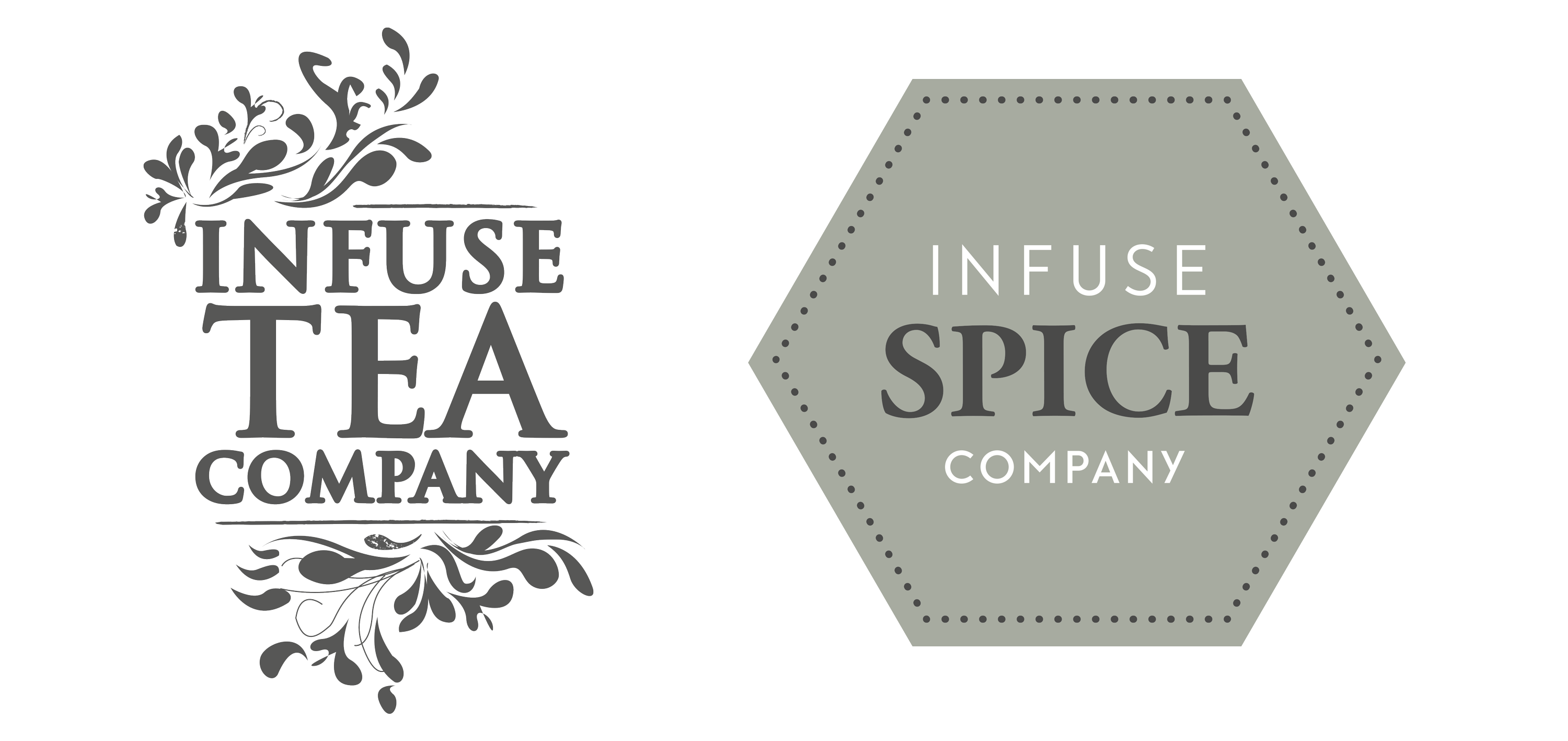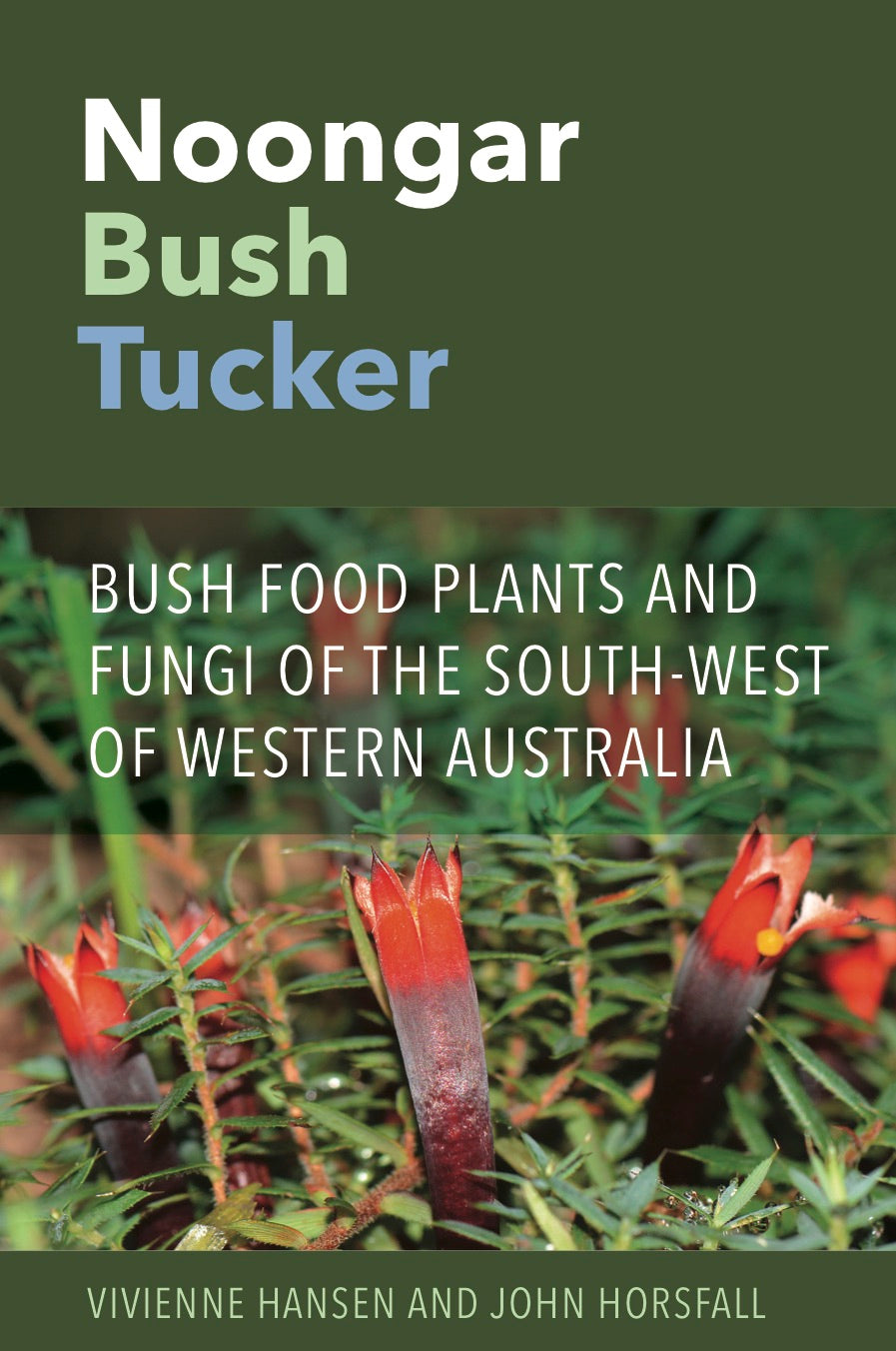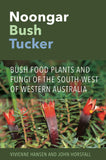The book is divided into three chapters covering plants, animals and some recipes to get you started using bush tukka at home. Learn how to find billygoat plums and mountain bush pepper in the wild; discover the reasons Aboriginal people ate magpie geese and honey ants; and test out the delicious flavours of bush tukka recipes like bunya nut pesto, lemon myrtle slow-cooked kangaroo or caramelised cluster figs with ice-cream.
Noongar Bush Tucker
Regular price
$34.95
Available
Before the colonisation of Australia, Aboriginal Australians lived on a wonderful larder of fresh fruit, vegetables and lean meat, in a land largely free from disease, with more exercise, less stress and supportive communities.
Today, in Aboriginal communities all over Australia, there are higher instances of heart disease, type 2 diabetes, renal disease, some types of cancer and lung diseases than in the general population.
This book is an attempt to preserve bush tucker knowledge for future generations of Aboriginal and non-Aboriginal people to ensure the information is not lost with the passing of Elders.
The authors describe over 260 species of the edible plants and fungi that were regularly gathered by the Noongars of the Bibbulmun Nation of the south-west of Western Australia before and after colonisation. Many of these plants and fungi are difficult to find today because of land clearing for crops and the farming of sheep and cattle.
DESCRIPTION
FORMAT: Paperback
EXTENT: 442 pages
SIZE: C Format Paperback
ISBN: 978-1-76080-042-0
RIGHTS: World
CATEGORY: Aboriginal, Australian Studies, John Horsfall, Natural History, Vivienne Hansen,
Ingredients
-
 FREE Shipping for orders over $80
FREE Shipping for orders over $80 -
 Ethically Sourced
Ethically Sourced -
 Largest Stockist of Indigenous Spices
Largest Stockist of Indigenous Spices -
 Wholesalers welcome
Wholesalers welcome
Recommended For You
In an effort to preserve the traditional knowledge of bush food, authors Madison King and nurse educator, John Horsfall, have documented over 350 species of plants and fungi that were regularly gathered by the Indigenous peoples of the Kimberley region before and after colonisation.
Kimberley Bush Food is a valuable resource for both Aboriginal and non-Aboriginal people interested in traditional bush food and alternative medicine. With comprehensive information on over 350 species, including images of each plant, this book is a practical guide to preserving traditional knowledge and using the plants and fungi of the Kimberley region for a healthier, more sustainable future.
Written by experts in the field, this book describes each species of plant and fungi, its nutritional benefits, and how it was used by the Indigenous people of the Kimberley region. It also includes detailed information on where to find these plants and fungi and how to prepare them for consumption.
With land clearing for crops and farming of sheep and cattle contributing to the extinction of many of these species, this guide offers a timely and important insight into traditional knowledge that has been passed down for thousands of years. This book is an essential read for anyone interested in Aboriginal culture, bush food, and preserving the knowledge of the past for future generations.
Please note there are post-publication corrections available to download.
Kimberley Bush Medicine is a comprehensive guide to the medicinal plants that were regularly used by the Indigenous people of the Kimberley region, providing alternative treatments and protection from common ailments. Authors Madison King and retired nurse educator John Horsfall have compiled this invaluable knowledge from the wisdom passed down by Kimberley elders, ensuring that it will not be lost forever with the passing of time.
This practical reference covers over 250 different species of medicinal plants, providing information on their uses and how to prepare them. It is the first of its kind to provide such a comprehensive compilation of medicinal plants used by Aboriginal people of the Kimberley region before European settlement.
Kimberley Bush Medicine includes images of each plant, making it an essential resource for both Indigenous and non-Indigenous people. With no comparable book on plant medicines available, this guide is a must-have for anyone interested in traditional healing practices and the preservation of ancient knowledge.
Please note there are post-publication corrections available to download.
For over 50,000 years before colonisation, the Noongar people were much healthier than most Aboriginal Australians are today. Living in the open, in a land largely free from disease, they benefited from a better diet, more exercise, less stress and a supportive community.
In Noongar Bush Medicine, the authors have recorded information on many of the medicinal plants that were regularly used by the Noongar people of the south-west of Western Australia. They hope it will ensure that the traditional knowledge is not lost forever with the passing of elders and traditional healers.
Noongar Bush Medicine provides for the first time a comprehensive information on the medicinal plants that were used by Aboriginal people of the south-west of Western Australia before European settlement.
The book is a guide to how to use plants for alternative treatments and protection from common ailments. Written by Noongar elder Vivienne Hansen with retired nurse educator John Horsfall, Noongar Bush Medicine has been compiled from knowledge passed on by Noongar elders and covers over 90 different species and features images of each plant. There is currently no comparable book on plant medicines available.
Written by Dale Chapman
Owner/Founder of My Dilly Bag (world renowned indigenous bush tucker chef)
Dale Quotes - "The world is definitely ready for the unique and nutritious qualities of our indigenous seeds, spices, leaves and meats. I believe integrating bush tucker into the home kitchen is as simple as ensuring that the home cook is confident in substituting and enhancing family favourite recipes with these unique ingredients".
This clever little cookbook is th result of many years of requests and hastily scribbled recipes for my loyal followers.......
The rationale for this style of cookbook is simple. There was no intention to create glossy expensive coffee table book that looks great, is read once and gathers dust. This is a straight forward collection of tried and true family recipes that will teach you how to absorb authentic traditional Aboriginal flavours into your cooking . They are recipes from my heart....... cheers Dale
RECEIVE Bonus Herb Guide
(Dale's spices also have references for use from pages of Coo-ee Cuisine)
Poster length 210cm x Width 44cm
Nornie grew up on the island of Mer in the Torres Strait and while her wanderlust would take her to Italian and Japanese kitchens in Melbourne and London via Townsville, her home now is Mabu Mabu, a restaurant renowned in Melbourne and beyond for its innovative and delicious Australian Indigenous food.
This book, also called Mabu Mabu – which means help yourself – reflects Nornie’s approach to cooking: simple, accessible, delicious, and colourful! Her native pantry (explored in a comprehensive glossary of native ingredients) includes seeds, succulents, nuts, plants and herbs, and her recipes range from Pumpkin and Wattleseed dampers (for which she is known) to Kangaroo Tail Bourguignon to Saltbush Butter, Quandong Relish, Pickled Karkalla and Pulled Wild Boar.
Nornie also shares her knowledge of foraging, sourcing and substitutions, as well as the story of her formative years foraging, fishing and cooking alongside her beloved father on Mer.
Chef and Creative Native Foods founder Andrew Fielke’s beautiful new book brings native-inspired cooking to your kitchen.
‘Australia’s Creative Native Cuisine’ pays homage to the 60,000+ years of indigenous culture with more than 130 unique recipes highlighting Australian native ingredients.
Native foods never looked or tasted so good and Andrew’s more than 35 years of experience plays an integral role in creating these delicious and easy-to-cook meals.
Australia’s Creative Native Cuisine seeks to increase the consumption of Australia’s native plant foods in home/family cooking so they become a major part of the Australian diet and identity.
Andrew Fielke is a foremost authority and pioneer of innovative Australian native cuisine in the modern era. He is also a talented, award-winning chef with decades of intertional experience, including in Switzerland, Austria and London’s Savoy Hotel
Specifications: 263 x 210mm portrait, 280 pages, full colour throughout, hardback and paperback. Includes index.













